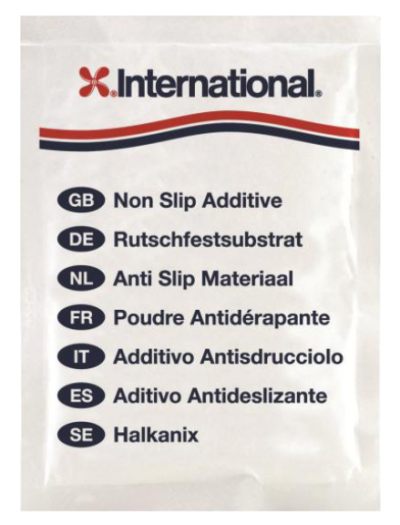gonesailing13
Senior Member
Looking for some recommendations on paint for non-skid. I have some cracks I want to fix on the forward deck and paint the whole deck. One thing I need to consider is we have two dogs that go out with us. Hopefully can find some suggestions that don’t require a lot of prep. Open to suggestions.

